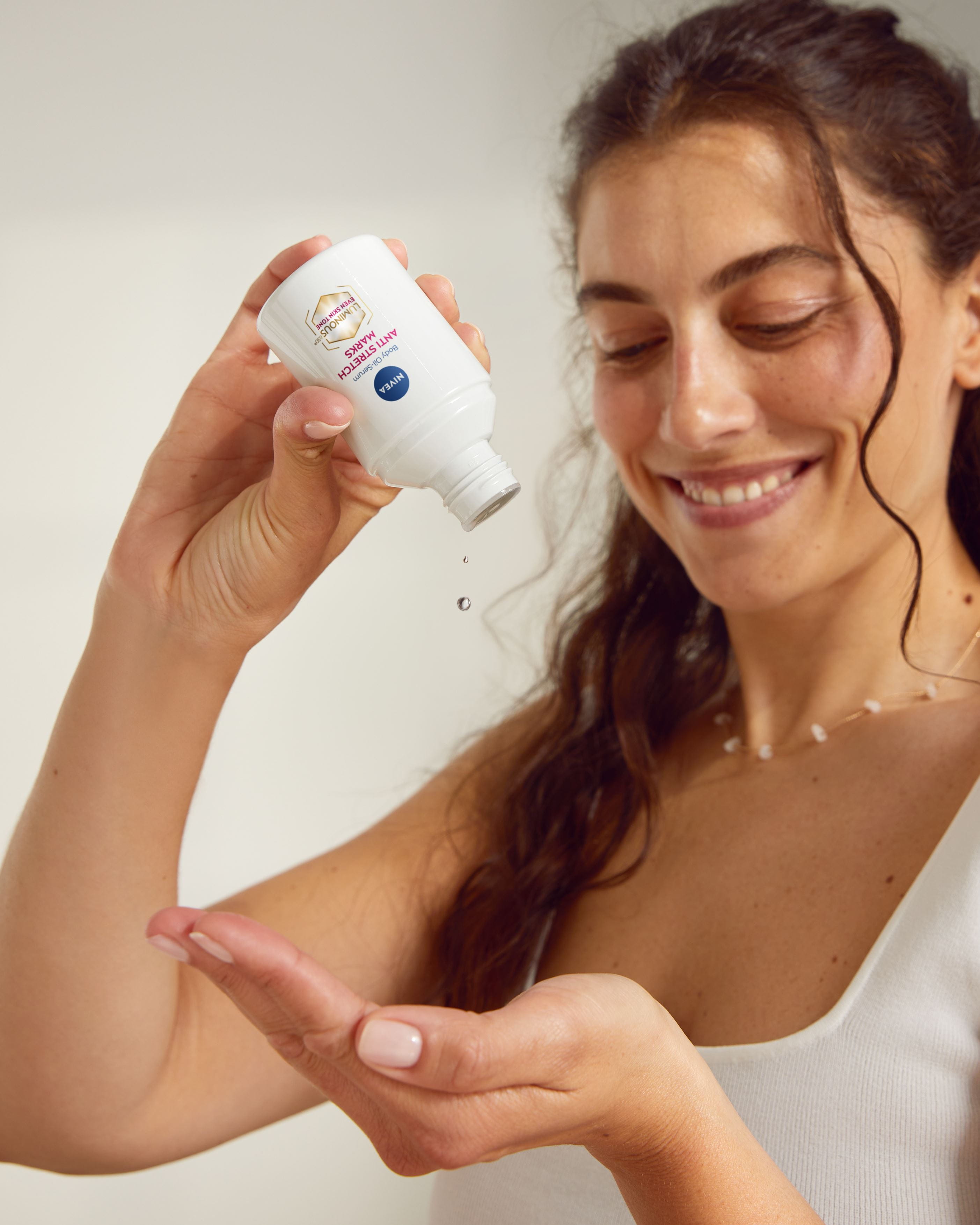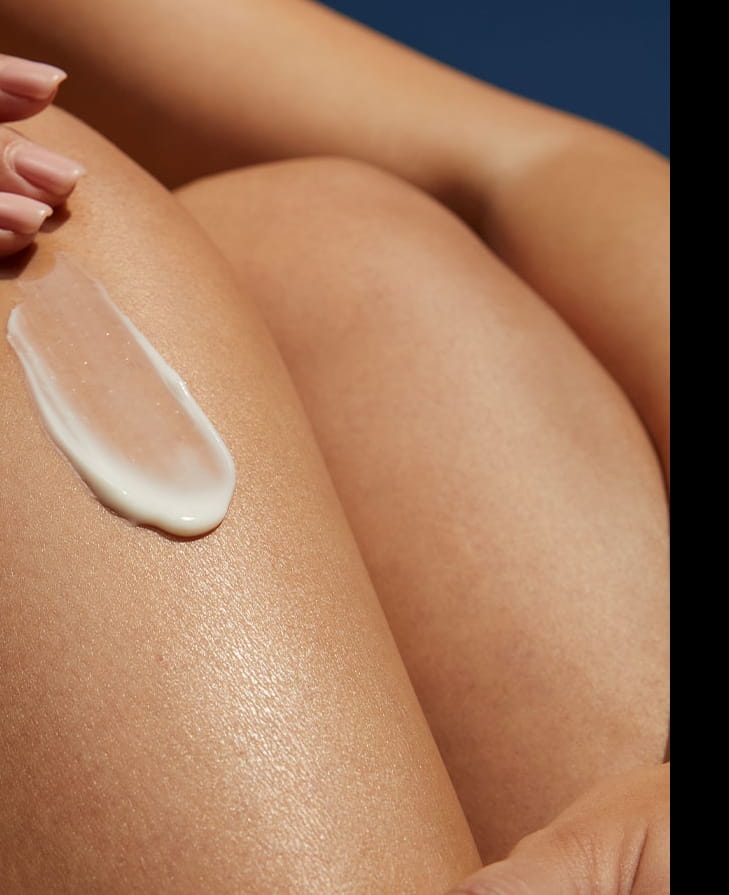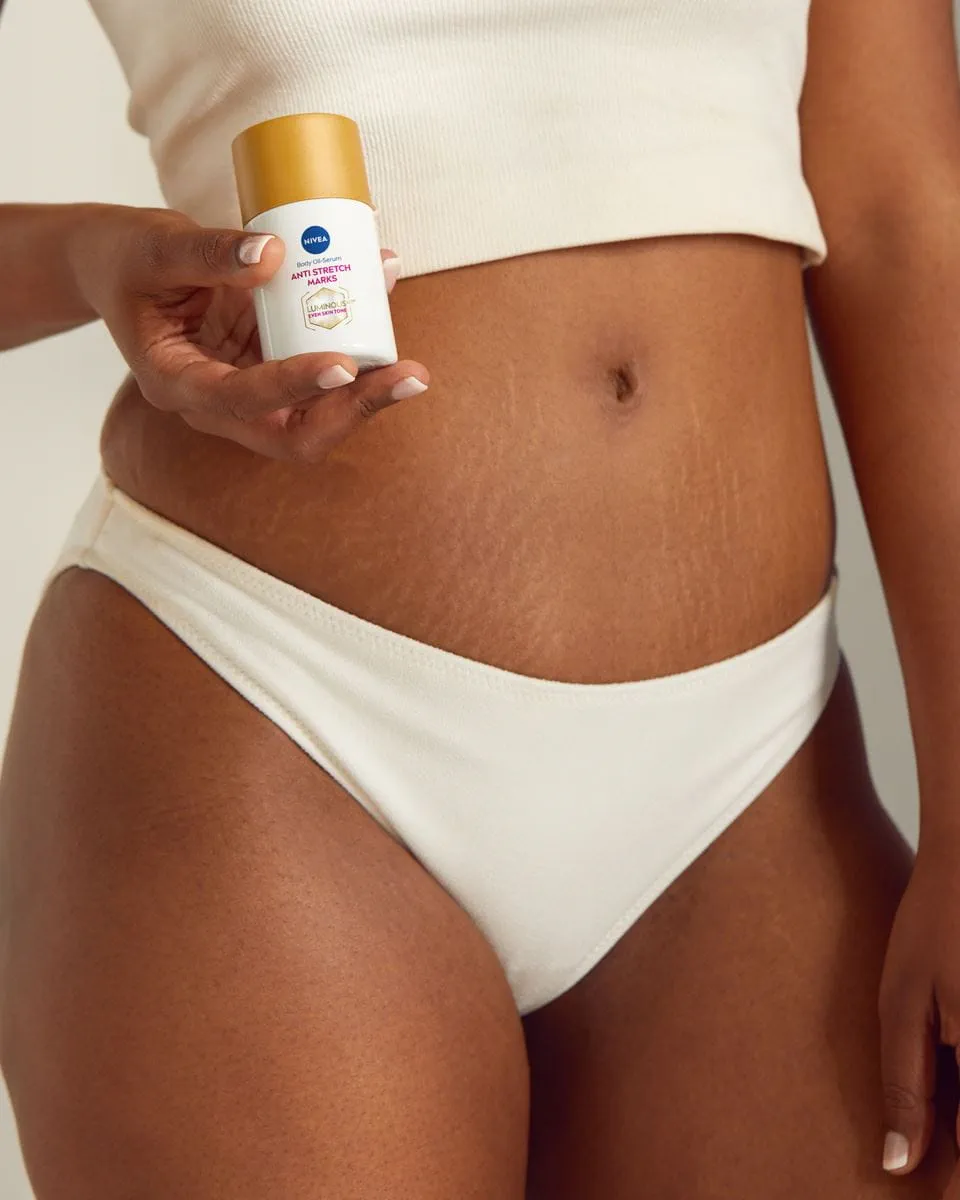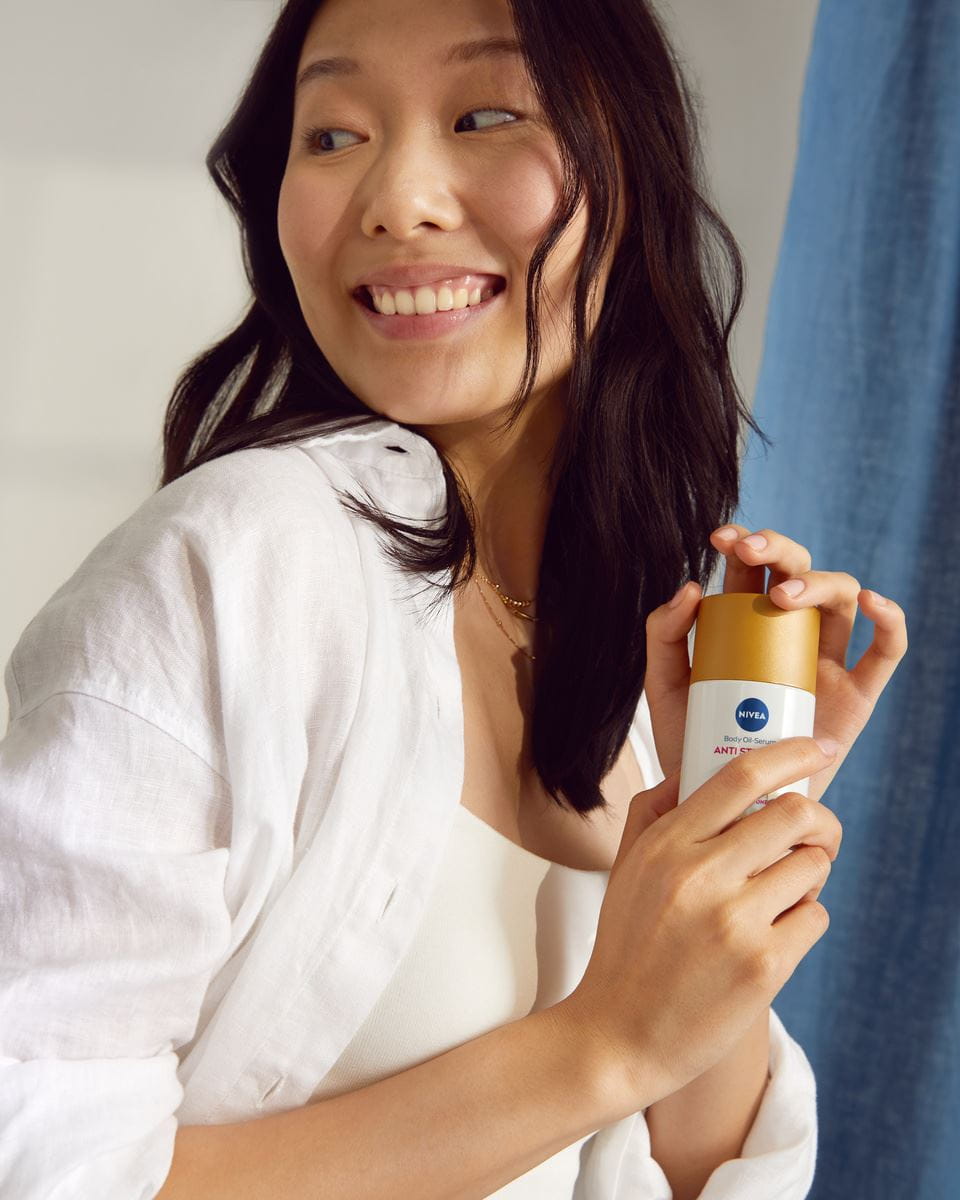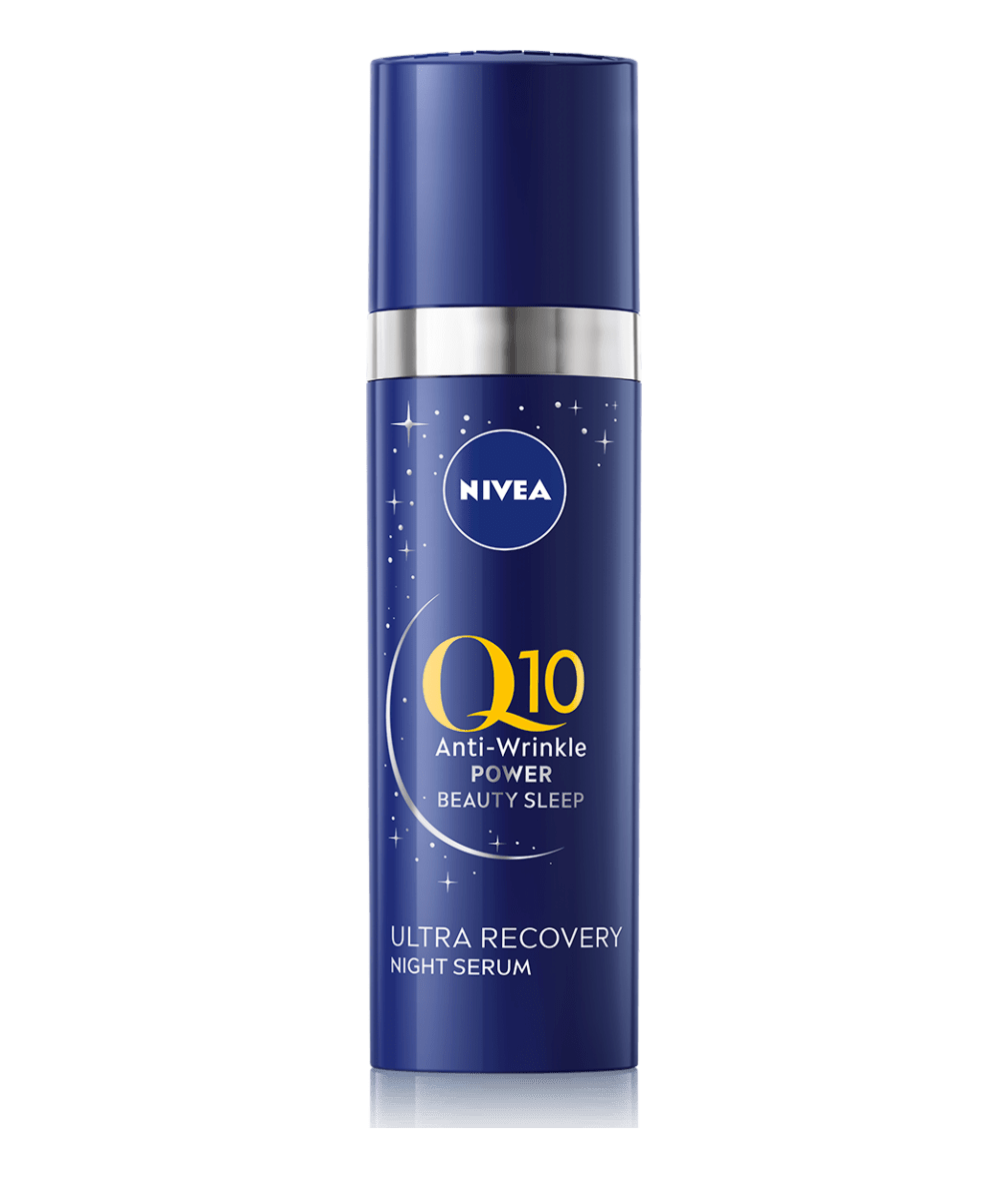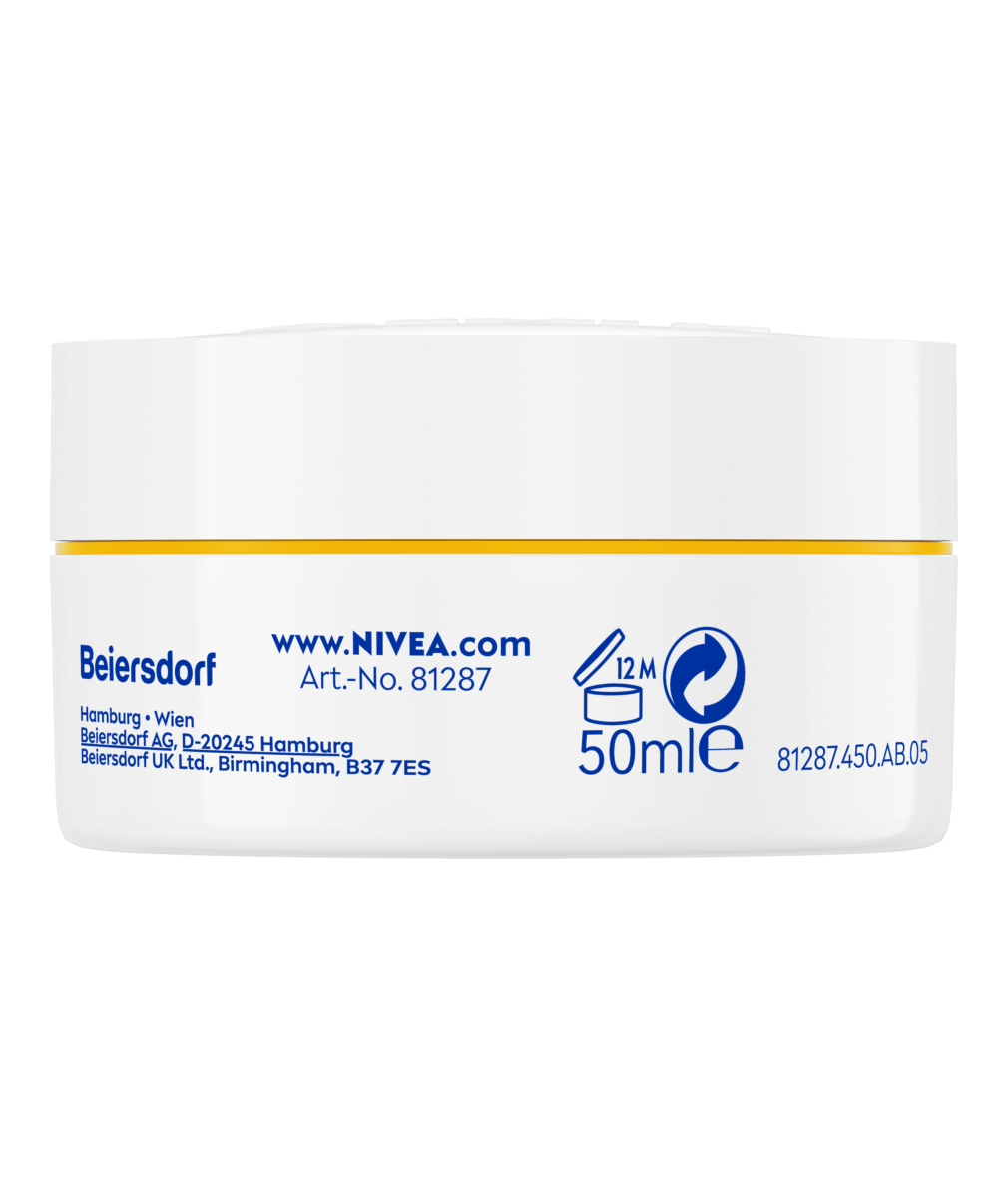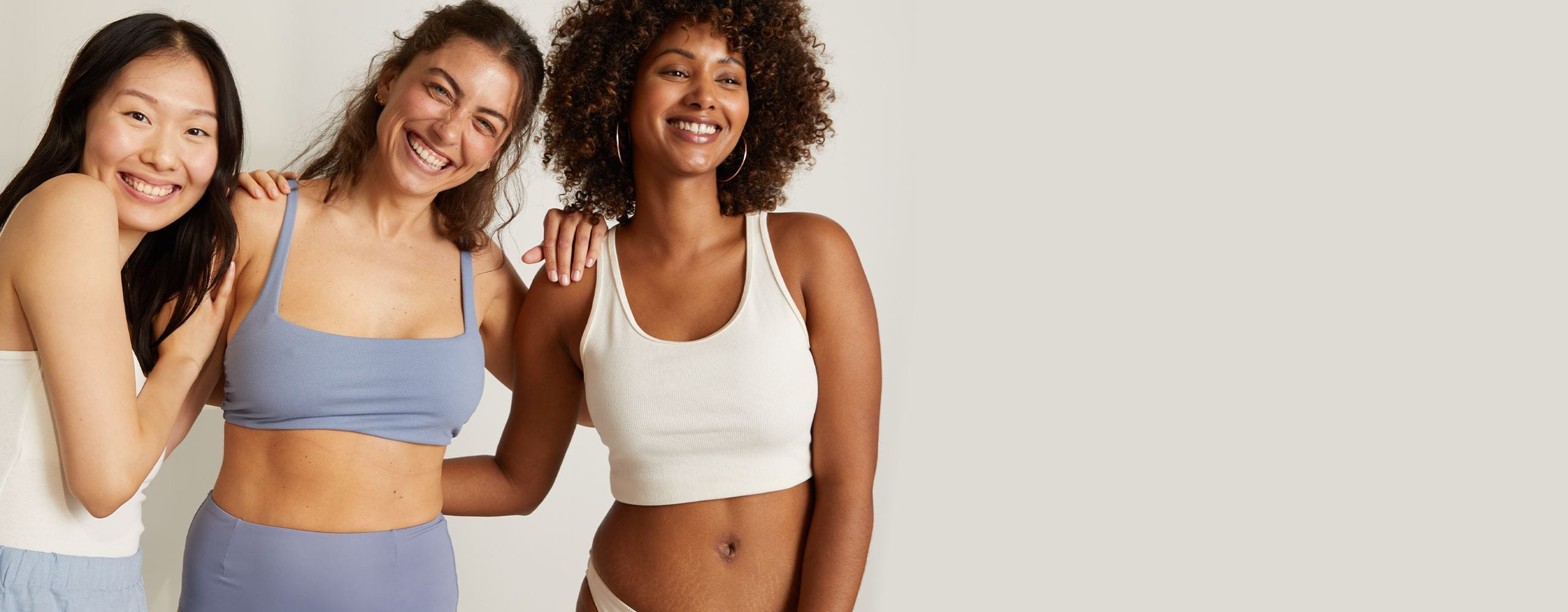
How to Get rid of Stretch Marks: Causes, Types and Prevention
What are stretch marks and what causes them? Learn more about them and the care you can take to reduce their appearance.
What are Stretch Marks?
Stretch marks appear when the skin stretches or shrinks in quick succession and are completely normal and harmless. This rapid expansion or contraction of the skin leads to the disruption of Collagen and Elastin fibres that maintain the skin's integrity. Stretch marks begin to form when the skin begins to heal after these sudden changes.
Sometimes referred to as striae, stretch marks can appear on areas such as the stomach, breasts, hips, bottom, and thighs. Just like every other scar, stretch marks are permanent, but there are ways to minimise their appearance through various treatments, creams and lotions.
Sometimes referred to as striae, stretch marks can appear on areas such as the stomach, breasts, hips, bottom, and thighs. Just like every other scar, stretch marks are permanent, but there are ways to minimise their appearance through various treatments, creams and lotions.
What Causes Stretch Marks?
The root cause of stretch marks is the rapid expansion or contraction or skin. Their emergence can be more prevalent during periods of rapid body growth where the skin cannot keep pace. Here are the most common factors that can either cause, or contribute to stretch mark formation:
2 MAIN TYPES OF STRETCH MARKS
Stretch marks can be classified according to their stage of formation and colour.
Who Gets Stretch Marks?
How to help prevent stretch marks?
It is difficult to completely prevent the appearance of stretch marks. Although most prevention methods have not been scientifically proven, they can help keep your skin in good condition.
Stretch Marks and Sport
The intense movements in sports like weightlifting and gymnastics could sometimes cause stretch marks. These activities place stress on the skin, rapidly stretching and contracting your skin fibres.
High-impact activities like running and jumping could also contribute to stretch marks. While less common than with activities like weightlifting, the intense muscle contractions and repetitive movements can still put stress on the skin, potentially leading to stretch marks in some individuals.
If you’re weightlifting and are concerned about stretch marks, you can reduce their likelihood by taking your time with muscle gain. Gradual progress also applies to how hard you push yourself during workouts, so gradually increase the intensity to avoid overloading your body.
High-impact activities like running and jumping could also contribute to stretch marks. While less common than with activities like weightlifting, the intense muscle contractions and repetitive movements can still put stress on the skin, potentially leading to stretch marks in some individuals.
If you’re weightlifting and are concerned about stretch marks, you can reduce their likelihood by taking your time with muscle gain. Gradual progress also applies to how hard you push yourself during workouts, so gradually increase the intensity to avoid overloading your body.
How to Get Rid of Stretch Marks
Is Stretch Mark Removal Possible?
Unfortunately completely getting rid of stretch marks is very near impossible. However there are certain practises or treatments available that you can adopt to help to reduce their appearance over time.
Here are a few methods to reduce the appearance of stretch marks include:
Here are a few methods to reduce the appearance of stretch marks include:
Facts Overview
Stretch Marks
NIVEA Routine to Help Reduce Stretch Marks
As mentioned above, there is no way to completely remove stretch marks - however, there are ways to help fade their appearance. One of the most accessible steps is to focus on a dedicated skincare routine:
How Does NIVEA Luminous630 Help Care for Stretch Marks?
Summary
Stretch marks are a natural consequence of rapid skin changes, often caused by factors like weight fluctuations, growth spurts, or pregnancy. These changes can cause damage to collagen and elastin fibres that provide your skin with its elasticity.
While stretch marks are permanent, there are ways to minimise or to help reduce their appearance. These include intentionally gradual weight gain, drinking plenty of water, eating a diet rich in essential vitamins, and dedicated skincare that helps to improve skin tone and elasticity or to help even out the complexion.
While stretch marks are permanent, there are ways to minimise or to help reduce their appearance. These include intentionally gradual weight gain, drinking plenty of water, eating a diet rich in essential vitamins, and dedicated skincare that helps to improve skin tone and elasticity or to help even out the complexion.
